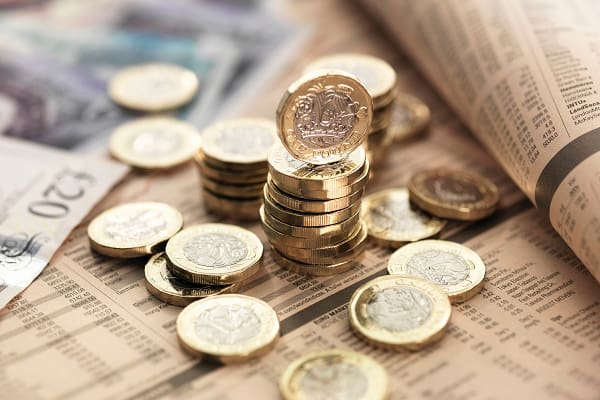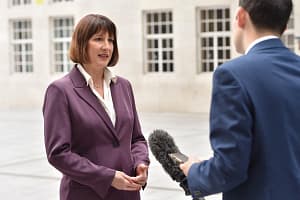With almost half of the UK’s self-employed workforce yet to complete their tax returns, experts warn Brits to submit their online self-assessment before January 31st to avoid a £100 late filing penalty.
Last February, HMRC revealed that an estimated 1.1 million customers missed the deadline for filing their tax returns for the 2023 to 2024 tax year.
If you fail to meet the deadline to submit your tax return, you will receive a late-filing penalty of £100 initially. If you still haven’t paid your tax return 3 months after the deadline, then you may be fined more.
To help, the experts at money.co.uk business bank accounts analysed Google search data to reveal and answer the top questions about self-assessment.
-
How do you do a tax return? – 256,560 searches
You must register with HMRC for self-assessment if you haven’t already. This is necessary if you are self-employed or make money from other sources like renting a property. You can do this online.
Gather all the required documents before you start filling in your tax return. This includes your P60 or P45 if you’re employed, details of any self-employed income, bank statements for interest on savings, records of any rental income, and information on dividends or capital gains, if applicable.
You can complete your tax return online through the HMRC website. The system will guide you through various sections that apply to your situation. Be accurate and honest with the information you provide. If you’re self-employed, you must provide income and expenses details.
The online system will calculate the tax you owe based on your provided information. Ensure you review this carefully. Once you have completed the tax return and are happy that all the information is correct, you can submit it online to HMRC.
-
How do you pay self-assessment tax? – 134,150 searches
Once you have completed your self-assessment tax return, HMRC will send you a tax bill (also known as a ‘Self Assessment Statement’). This bill can be accessed through your HMRC online account.
There are several ways to pay your self-assessment tax bill, including
- Online or telephone banking (Faster Payments)
- CHAPS
- Debit or corporate credit card online
- At your bank or building society (you’ll need your paying-in slip from HMRC)
- By cheque through the post
After you’ve paid, keep a record of the payment. HMRC may need proof of payment in case of any discrepancies.






Leave a Comment